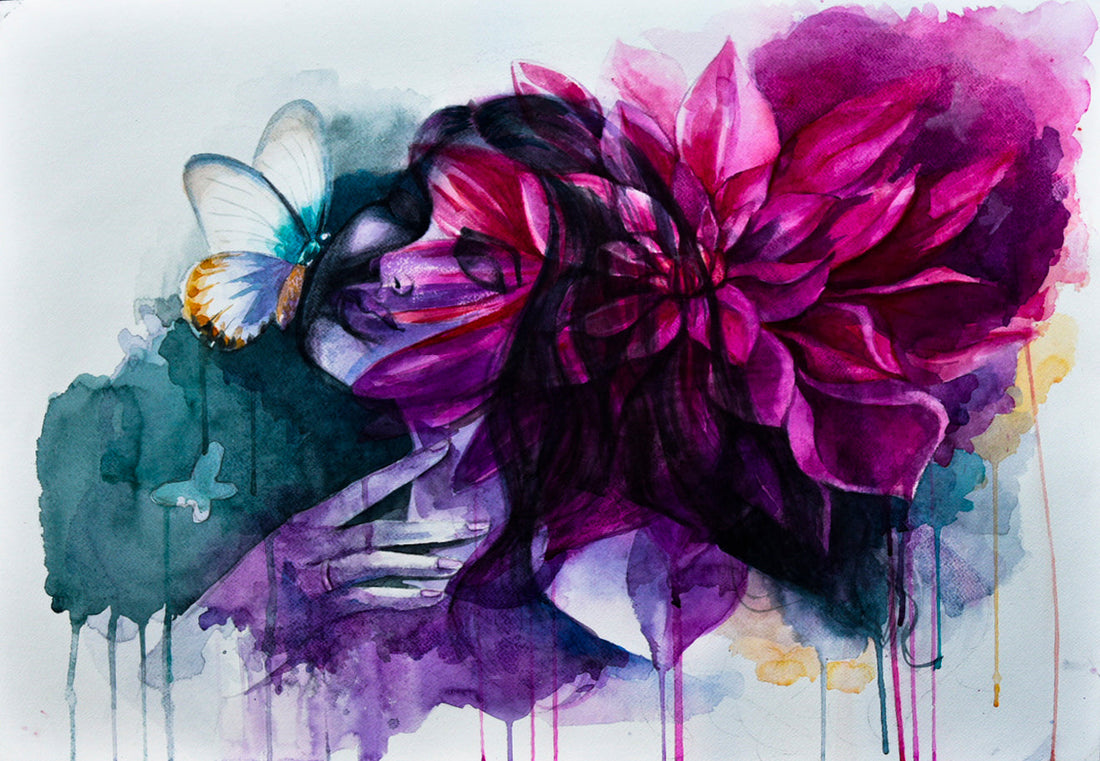
The Healing Canvas: Art and Mental Health
Share
The Healing Canvas: Art and Mental Health
In a world that often feels overwhelming, finding moments of peace and clarity can be a challenge. But what if the key to mental well-being lay not in a prescription bottle, but in a paintbrush, a lump of clay, or a simple sketch? Art, in its myriad forms, offers a powerful avenue for self-expression and healing, serving as a therapeutic tool for individuals of all ages and backgrounds.

More Than Just a Hobby: The Science Behind Art Therapy
While the act of creating art has long been associated with emotional release, scientific research is increasingly validating its therapeutic benefits. Studies have shown that engaging in artistic activities can:
- Reduce stress and anxiety: The repetitive motions involved in many art forms, like painting or sculpting, can have a calming effect on the nervous system.
- Increase self-esteem and confidence: Completing a creative project can provide a sense of accomplishment and boost self-worth.
- Improve emotional regulation: Art provides a safe space to explore and express complex emotions that may be difficult to articulate verbally.
- Enhance cognitive function: Engaging in creative activities can stimulate brain activity and improve memory and focus.
- Promote mindfulness and relaxation: The act of creating can bring you into the present moment, allowing you to disconnect from worries and anxieties.
The Therapeutic Power of Different Art Forms
Each art form offers unique therapeutic benefits:
- Painting and Drawing: Allows for free expression of emotions and thoughts, fostering self-discovery. The use of color can also have a profound impact on mood.
- Sculpture and Ceramics: Provides a tactile experience that can be grounding and calming. Working with clay or other materials can be a powerful way to release tension and anxiety.
- Writing and Poetry: Offers a safe outlet for processing difficult emotions and experiences. The act of writing can help to clarify thoughts and gain a deeper understanding of oneself.
- Music and Dance: Allows for physical and emotional release. Music can evoke powerful emotions and memories, while dance can promote self-expression and body awareness.
-
Photography: Encourages observation and appreciation of the world around us. It can also be a way to capture and preserve meaningful moments.
- Collage and Mixed Media: Provides a playful and experimental approach to art making, allowing for the combination of different materials and techniques.
Art as a Tool for Self-Care
You don't need to be a professional artist to experience the therapeutic benefits of art. Even simple activities like doodling, coloring, or listening to music can have a positive impact on your mental well-being.
Here are some ways to incorporate art into your self-care routine:
- Create a dedicated art space: Designate a corner of your home as a creative sanctuary.
- Schedule regular art time: Make art a non-negotiable part of your schedule.
- Experiment with different mediums: Explore various art forms to find what resonates with you.
- Focus on the process, not the product: The goal is to enjoy the act of creating, not to create a masterpiece.
- Join an art group or workshop: Connect with other artists and share your creative journey.
- Use art as a way to journal: Draw or paint your feelings and thoughts instead of writing them down.
Art is not just a luxury; it's a vital tool for mental and emotional well-being. By embracing creativity, we can unlock our inner selves, find solace in the present moment, and embark on a journey of healing and self-discovery. So, pick up a brush, grab a pen, or simply let your imagination run wild – your mental health will thank you.
